Prosthodontic Dentistry
Prosthodontics relates to the replacement of missing teeth or parts
Loss of Teeth due to trauma or infection has a negative emotional, aesthetic and functional effect on individuals
Replacement of teeth require a very good understanding of the patient's needs, realization of practical and functional constraints and a vision to emulate the natural appearance
Replacement may involve a single tooth, multiple teeth, or an entire arch. There are many concepts by which this is accomplished
A) Removable Partial Denture
- This is a very traditional way of replacing single or multiple teeth, which is easy to fabricate but uncomfortable to experience
- It comprises an acrylic plate and metal clasps and has to be removed and cleaned periodically because food tends to get accumulated between the denture and remaining teeth
- Advent of newer materials and metal components have made this concept a bit more user friendly
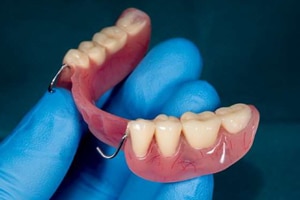
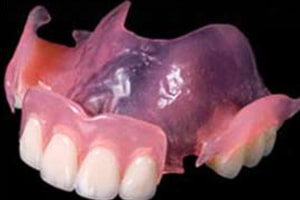
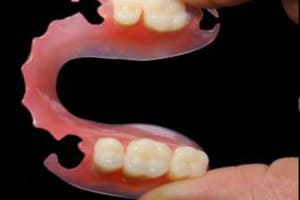
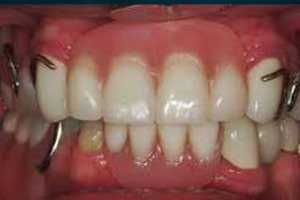
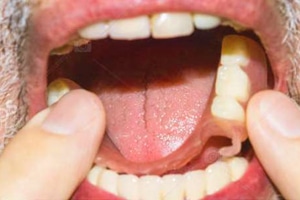
B) Fixed Partial Denture
- FPDs are commonly called crowns or bridges, used to replace single or multiple teeth in a fixed manner
- It requires a procedure called crown preparation on the teeth involved or teeth adjacent to the edentulous site
- FPDs are very comfortable to use both in form and function
- With the advent of newer materials like Zirconia and Technologies like CADCAM, FPDs have become a very integral part of dentistry
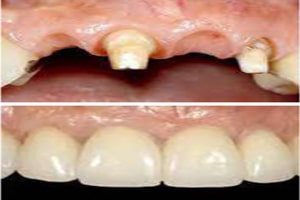
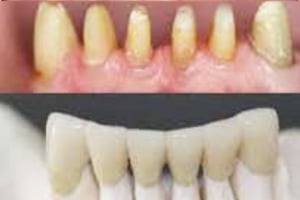
C) Complete Dentures
- Complete Dentures are used to replace all upper or lower teeth
- It can be removable which requires patience and practice to master its use
- Complete dentures can be loaded on implants to make it semi-fixed to improve life style


D) Precision Attachments
It is used to replace missing posterior teeth in patients where implants are contra-indicated



E) Implant Supported
- Implant supported crowns, bridges and dentures have made tooth replacement a very successful and viable option recently
- Implants provide stable platforms for teeth prosthesis that can be cement retained or screw retained, depending on various parameter




